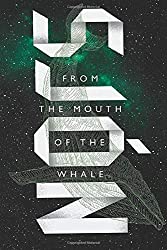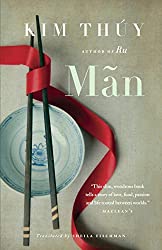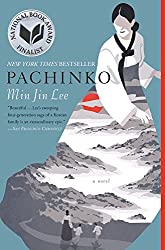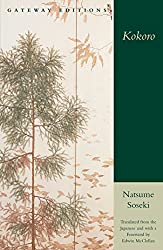
Rating: 8.1/10.
[WARNING: SPOILERS!]
This novel tells the story of the geisha Sayuri, from her childhood until her death. It pretends to be a real memoir, but it’s written by an American man. The facts are thoroughly researched, so we get a feel of what Kyoto was like before the war.
Essentially, society in Japan was very unequal — the women have to go through elaborate rituals and endure a lot of suffering to please the men, who just have a lot of money. However, even without formal power, the geishas like Mameha and Hatsumomo construct elaborate schemes of deceit and trickery.
The plot was exciting to read, but certain characters felt flat. Sayuri’s infatuation for the chairman for decades doesn’t seem believable — maybe I would’ve had a crush like that as a teenager, but certainly a woman in her late 20s should know better. Hatsumomo’s degree of evilness didn’t seem convincing either.
Lastly, having read some novels by actual Japanese authors, this book feels nothing like them. Japanese literature is a lot more mellow, and the characters more reserved: certainly nobody would act in such an obviously evil manner. Japanese novels also typically have themes of loneliness and isolation and end with people committing suicide, which doesn’t happen in this novel either.



